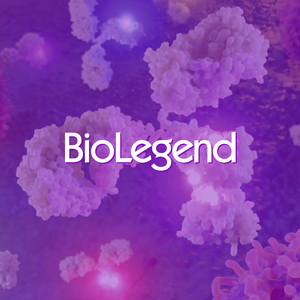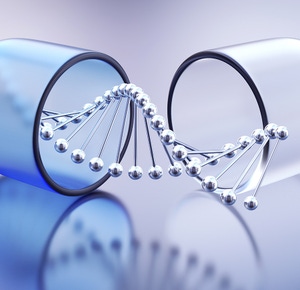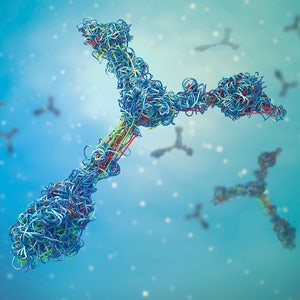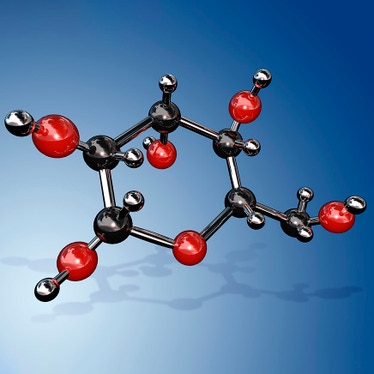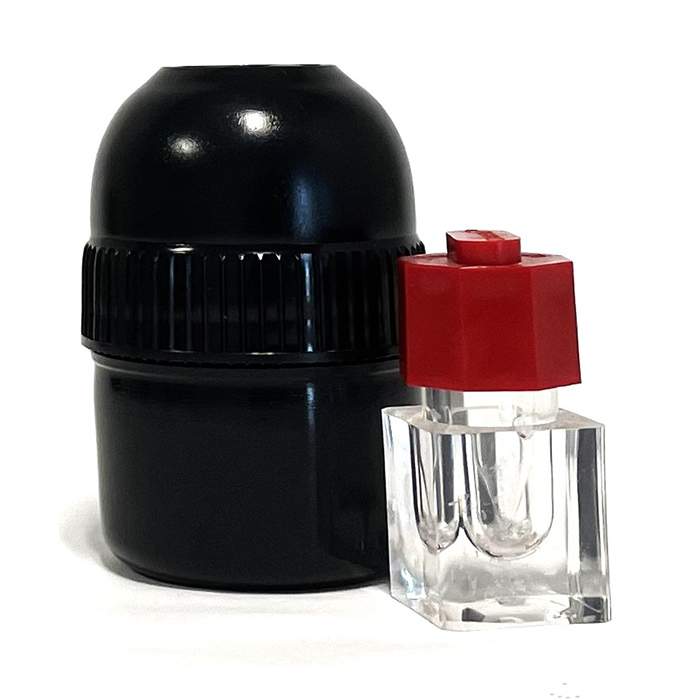

Filters
1 - 25 of 28 Products and Services
α-methyl-D-glucopyranoside (AMG), labeled with 14C. This product is typically used in AMG uptake and glucose transport studies.
250 µCi quantities of D-[14C(U)]-Glucose are available for your research.
50 µCi quantities of N-Acetyl-D-[1-14C]-Glucosamine are available for your research.
1 mCi quantities of D-[14C(U)]-Glucose are available for your research.
50 µCi quantities of D-[6-14C]-Glucose are available for your research
Myo-inositol, labeled with tritium. This product is supplied in 90% ethanol. Tritiated myoinositol is commonly used to label lipids.
Glycerol, uniformly labeled with C-14. 14C-glycerol is commonly used to label carbohydrates.
Methyl α-D-glucopyranoside (AMG), labeled with C-14 on the glucose group. This product is typically used in AMG uptake and glucose transport studies.
2-Deoxy-D-glucose, nominally labeled with tritium at C1/C2. This product is supplied in 90% ethanol. Deoxy-D-glucose (DOG) is a glucose analog that is readily transported into most cells, is phosphorylated and trapped by the cells (unidirectional transport), and cannot be further metabolized. It is the most-common chemical used in glucose uptake assays.
D-glucose, labeled with tritium at C6. This product is supplied in 90% ethanol. D-glucose can be used for metabolic studies and glucose uptake.
D-mannitol, labeled with tritium at C1. Tritiated manitol is commonly used as an extracellular space marker.
2-Deoxy-D-glucose, labeled with carbon-14 at C1. This product is supplied steri-packaged in an aqueous solution. Deoxy-D-glucose (DOG) is a glucose analog that is readily transported into most cells, is phosphorylated and trapped by the cells (unidirectional transport), and cannot be further metabolized. It is the most-common chemical used in glucose uptake assays.
Citric acid, labeled with C-14 at C1 and C5. 14C-citrate is commonly used to label long-chain fatty acids.
D-glucose, uniformly labeled with C-14. This product is supplied in 90% ethanol. D-glucose can be used for metabolic studies and glucose uptake.
250 µCi quantities of [6-3H]-Uridine Diphospho-D-Glucose are available for your research.
D-glucose, labeled with tritium at C3. This product is supplied steri-packaged in an aqueous solution. Specifically-labeled glucose can be used for metabolic studies and glucose uptake.
Sucrose, labeled with C-14. 14C-sucrose is commonly used to study blood-brain barrier permeability.
2-Deoxy-D-glucose, labeled with carbon-14 at C1. This product is supplied in 90% ethanol. Deoxy-D-glucose (DOG) is a glucose analog that is readily transported into most cells, is phosphorylated and trapped by the cells (unidirectional transport), and cannot be further metabolized. It is the most-common chemical used in glucose uptake assays.
2-Deoxy-D-glucose, nominally labeled with tritium at C1/C2. This product is supplied steri-packaged in an aqueous solution. Deoxy-D-glucose (DOG) is a glucose analog that is readily transported into most cells, is phosphorylated and trapped by the cells (unidirectional transport), and cannot be further metabolized. It is the most-common chemical used in glucose uptake assays.
D-glucose, labeled with tritium at C3. This product is supplied in 90% ethanol. Specifically-labeled glucose can be used for metabolic studies and glucose uptake.
2-deoxy-D-glucose, labeled at the 1,2 position with tritium. This glucose analog is readily transported into most cells and cannot be further metabolized, and is commonly used in glucose uptake assays.
D-glucose, labeled with tritium. D-glucose can be incorporated into lipds, and provides a measurement of glucose transport. It is a metabolized tracer in glucose uptake studies.
Myoinositol, labeled with tritium. 3H-myo-inositol is commonly used in uptake and blood-brain barrier transport studies, as well as to label lipids for incorporation studies.
2-Deoxy-D-glucose, labeled uniformly with carbon-14. This product is supplied steri-packaged in an aqueous solution. Deoxy-D-glucose (DOG) is a glucose analog that is readily transported into most cells, is phosphorylated and trapped by the cells (unidirectional transport), and cannot be further metabolized. It is the most-common chemical used in glucose uptake assays.


